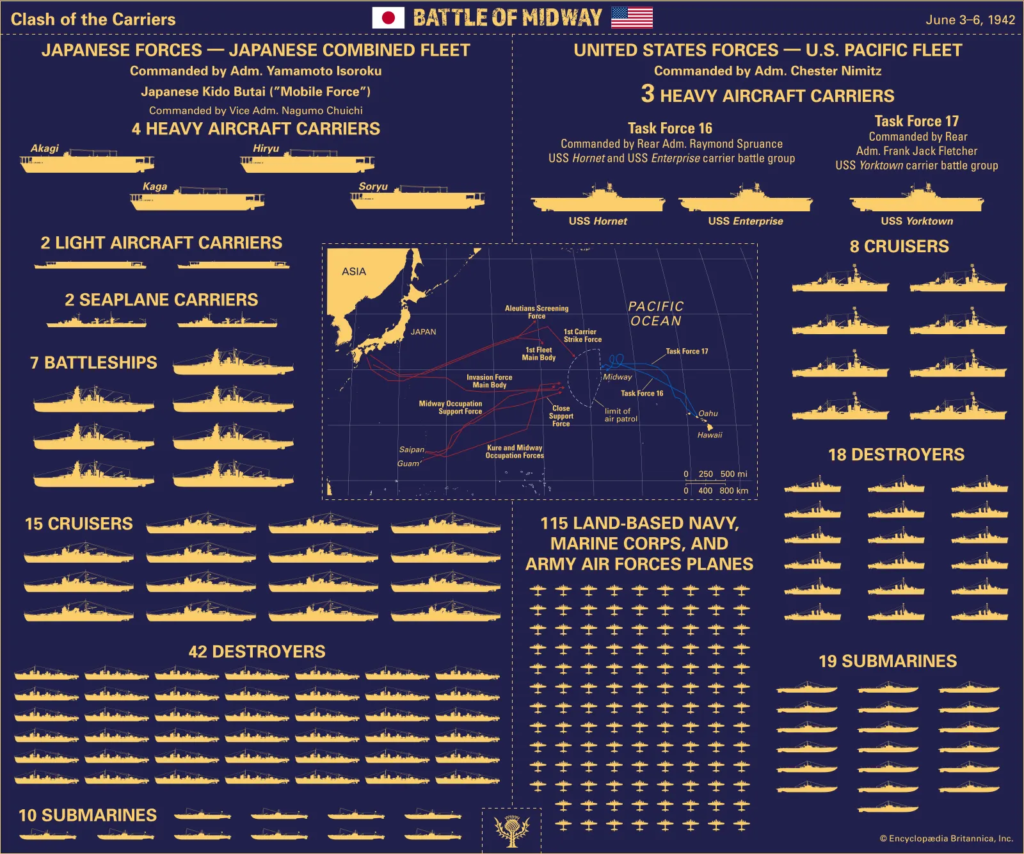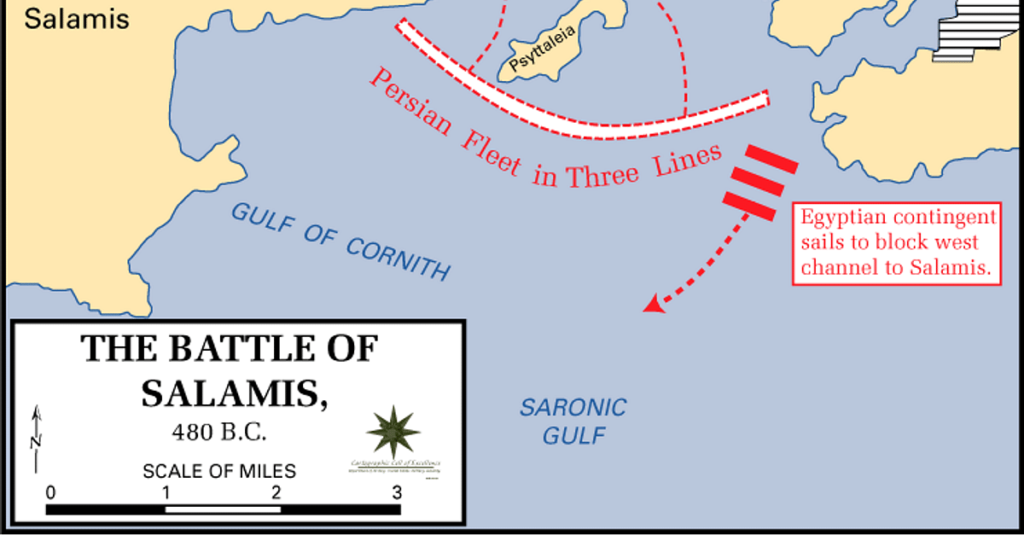Understanding the basics of Battleship is pivotal in mastering ship placements and applying those tactics to real-life naval warfare scenarios. The Battleship game, initially a paper and pencil game from the 1930s, later became a popular board game in the mid-20th century. It requires strategic planning and tactical thinking, much like actual naval warfare.
In Battleship, each player places their fleet of ships on a grid, attempting to obscure their location from their opponent. The objective is to sink the enemy’s ships before they sink yours, which is achieved by correctly guessing your adversary’s ship placement.

Similarly, in real-life naval warfare, ship placement is a crucial part of the strategy. Fleets are arranged in patterns designed to maximize attack potential while minimizing exposure to enemy fire. For instance, World War II’s Battle of Midway saw the U.S. Navy employing a dispersed formation that made it harder for Japanese forces to target their vessels effectively.

Thus, understanding the rudiments of Battleship equips players with basic knowledge of naval warfare tactics, providing insights applicable to real-life sea battles.
Understanding the basic mechanics of Battleship provides a gateway into the world of naval warfare strategy. The game’s simple rules belie the depth of strategic thinking it demands, serving as an educational tool for players to learn about real-life naval tactics.

In addition to merely hiding ships on a grid, successful Battleship players must also think about ship orientation. Much like in actual naval battles, the position of a ship can significantly impact its survival. In the game, placing your ships diagonally may seem like a clever move, but it can easily backfire since your opponent needs less accurate guesses to hit multiple sections of your vessel. Similarly, in naval warfare, a ship’s positioning relative to enemy forces and landmasses can determine its vulnerability to attacks.
Much of the game’s strategy lies in interpreting your opponent’s moves and predicting their next ones – a direct parallel to real-world naval warfare tactics. During the Pacific War, U.S. Navy Admiral Chester Nimitz famously used his understanding of Japanese strategies to predict their movements, leading to significant victories in battles like Midway and the Coral Sea.
Furthermore, Battleship teaches us the concept of ‘hunting’ and ‘killing.’ Once you have located one of your opponent’s ships (‘hunted’), your next moves should be focused on destroying it completely (‘killing’) before moving on to locate another. This approach mirrors the methods employed in real-life naval engagements where incapacitating an enemy vessel is often prioritized over locating new targets.
To master ship placements in Battleship, a player must not only understand the game’s basics but also study advanced strategies and historical naval warfare tactics. Through this study, they will gain deeper insight into the decision-making processes behind effective ship placement, both in the game and in real-life naval battles.
Mastering Advanced Ship Placement Strategies in Battleship: Dominating the Game and Applying Lessons to Real-Life Naval Warfare Tactics
Advanced strategies in Battleship go beyond merely understanding the game’s mechanics. They delve into higher-order thinking skills like predictive analysis, probability management, and opponent psychology – all of which are essential in dominating Battleship and have parallels in real-world naval warfare.
In Battleship, an advanced player uses probabilistic targeting to hunt enemy ships more effectively, a technique based on the likelihood theory. For instance, understanding that your adversary is likely to place their largest ship (typically five units) along the grid’s edges can narrow down your search area.
This strategy is not unlike the tactics employed in historical naval battles. During World War II’s Battle of the Atlantic, Allied forces used statistical analysis to predict the most probable locations of German U-boat wolf packs. This information was invaluable in planning convoy routes and deploying anti-submarine forces.
Predicting and manipulating the opponent’s mindset is another advanced strategy. Some players may scatter their ships across the board, assuming this makes them harder to locate. Others bunch their ships together, betting on an unexpected layout to throw off their adversary. These mind games mirror real-life naval warfare where deceptive maneuvers and feints often play pivotal roles in securing victory. Thus, mastering these advanced Battleship strategies provides significant insights into naval warfare tactics.
Applying advanced ship placement strategies in Battleship not only helps dominate the game but also provides a primer on the intricate tactics used in naval warfare. One such strategy is the deliberate placement of ships to maximize the opponent’s wasted shots. For example, placing smaller ships around a larger one can throw off an enemy’s ‘killing’ phase as they may confuse separate ships as one, thus wasting more turns.
A real-world counterpart to this tactic was employed during World War II, when convoys would intersperse merchant vessels with warships, thereby making it difficult for enemy submarines to identify and target valuable cargo ships.
Another key principle in Battleship is the effective use of ‘negative’ information – that is, using your opponent’s misses to infer their strategy. A string of missed shots can suggest that your adversary is focusing on a specific area of the board, allowing you to concentrate your defenses there.
Similarly, real-life naval commanders must also consider where enemy forces are not, as much as where they are. During the Cold War, for instance, the U.S. Navy often used Soviet submarines’ absence from certain regions to deduce their likely patrol areas. This information then influenced American deployment and patrol routes.
Moreover, Battleship offers lessons on resource management, as players must distribute their firepower across different targets while ensuring enough for follow-up attacks. This mirrors the decisions commanders must make in deploying their naval assets during warfare.
Applying these advanced ship placement strategies in Battleship doesn’t just improve gameplay, but it also delivers insightful lessons on naval warfare tactics, thus enhancing our understanding of real-life sea battles.
Translating Battleship Tactics to Real-Life Naval Warfare: Enhancing Game Mastery through Lessons from History’s Sea Battles
Translating Battleship tactics to real-life naval warfare takes the game from a simple pastime to a genuine learning experience about strategic thinking and historical sea battles. The skills honed in Battleship, such as predictive analysis, resource management, and understanding of probability, have practical applications in studying naval warfare tactics.
By analyzing historical naval battles, players can glean valuable lessons to apply to their game strategies. For instance, studying the Battle of Jutland reveals how the British Royal Navy used misdirection and feints to confound the German High Seas Fleet. These tactics are equally effective in Battleship, where misleading an opponent about your ships’ locations can give you a significant advantage.
Similarly, the Battle of Leyte Gulf during World War II demonstrated the effectiveness of decentralizing forces to confuse the enemy – a strategy that can be translated into spreading out your ships in Battleship to make them harder to locate.
Understanding these historical lessons can inform Battleship tactics and provide more profound insights into naval warfare. This approach does not only lead to mastering the game but also deepens appreciation for the complexities faced by real-life naval commanders. Thus, it underscores the relevance of Battleship as a tool for teaching and understanding naval warfare tactics, bridging the gap between leisure and learning.
In addition to the strategic skills honed through Battleship, learning how game tactics translate into real-life naval warfare provides a more comprehensive understanding of both domains. This translation is not just theoretical but can be seen in several historical examples where strategies akin to those used in Battleship have determined the outcomes of significant sea battles.
Diversion!
Take the use of diversionary tactics, for instance. In Battleship, a common strategy is to place a small ship far away from others, diverting attention and causing opponents to waste turns hunting in the wrong area. This tactic was also used in actual naval warfare. During the D-Day invasion of World War II, Allied forces created an entire phantom army, complete with inflatable tanks and false radio traffic, to mislead German defenses about the true location of the invasion.
Similarly, the principle of resource management in Battleship mirrors that in naval warfare. Players must decide whether to concentrate their shots in one area or distribute them across the board, much like navies deciding on the deployment of their vessels and firepower. The Battle of Salamis in 480 BC saw the outnumbered Greek fleet skillfully manage their resources by using their smaller ships’ speed and maneuverability to outmaneuver and defeat the larger Persian armada.

Thus, Battleship serves as more than just a game. It’s a platform to study and understand naval warfare tactics, giving players a greater appreciation for the strategic depth involved in both the game and real-life naval battles. By translating game tactics to real-life scenarios, we enhance our insight into naval history while cultivating a richer understanding and mastery of Battleship.
Drawing the Battle Lines: Concluding Thoughts on Mastering Ship Placement in Battleship and Its Relevance to Real-Life Naval Warfare Tactics
In conclusion, the journey of mastering ship placements in Battleship is much more than a quest for gaming dominance. It can be an exploration of strategic thinking skills, historical naval battles, and real-life warfare tactics. Understanding the game’s basics lays the foundation for this journey. Players learn the fundamental mechanics like ship placement that bear surprising similarities with actual naval warfare tactics.
Advanced strategies elevate this understanding by introducing elements of predictive analysis, probability management, and opponent psychology. These concepts are not just crucial for winning at Battleship but also echo the tactics used in historical sea battles. They provide valuable lessons that help players dominate the game and gain insights into real-world naval warfare.
By translating these Battleship tactics to actual naval battles, players can better appreciate the game’s depth and its connection to real-world strategy. Historical sea battles provide rich lessons that inform and enhance gameplay while deepening our understanding of naval warfare.
The relevance of Battleship as a tool for teaching and understanding naval warfare tactics underscores the importance of mastering ship placements. It bridges the gap between leisure and learning, making each game a lesson in strategic planning and historical tactics.
Future exploration could delve deeper into specific naval battles’ analysis and how their strategies could influence Battleship gameplay. Further study could also investigate how modern naval warfare tactics, such as the use of drones and satellite surveillance, could be incorporated into advanced Battleship strategies. Indeed, the game of Battleship has much to offer beyond entertainment – it opens a portal to the rich world of naval warfare tactics and history.
Resources
- “Battleship (game).” Wikipedia. Link
- “Battle of Midway.” History. Link
- “Battle of Jutland.” Britannica. Link
- “The Battle of Leyte Gulf.” World War II Database. Link
- “Operation Fortitude: The D-Day Deception that Fooled the Nazis.” HistoryExtra. Link
- “The Battle of Salamis.” Ancient.eu. Link
For further exploration into naval warfare tactics, the following resources might be of interest:






